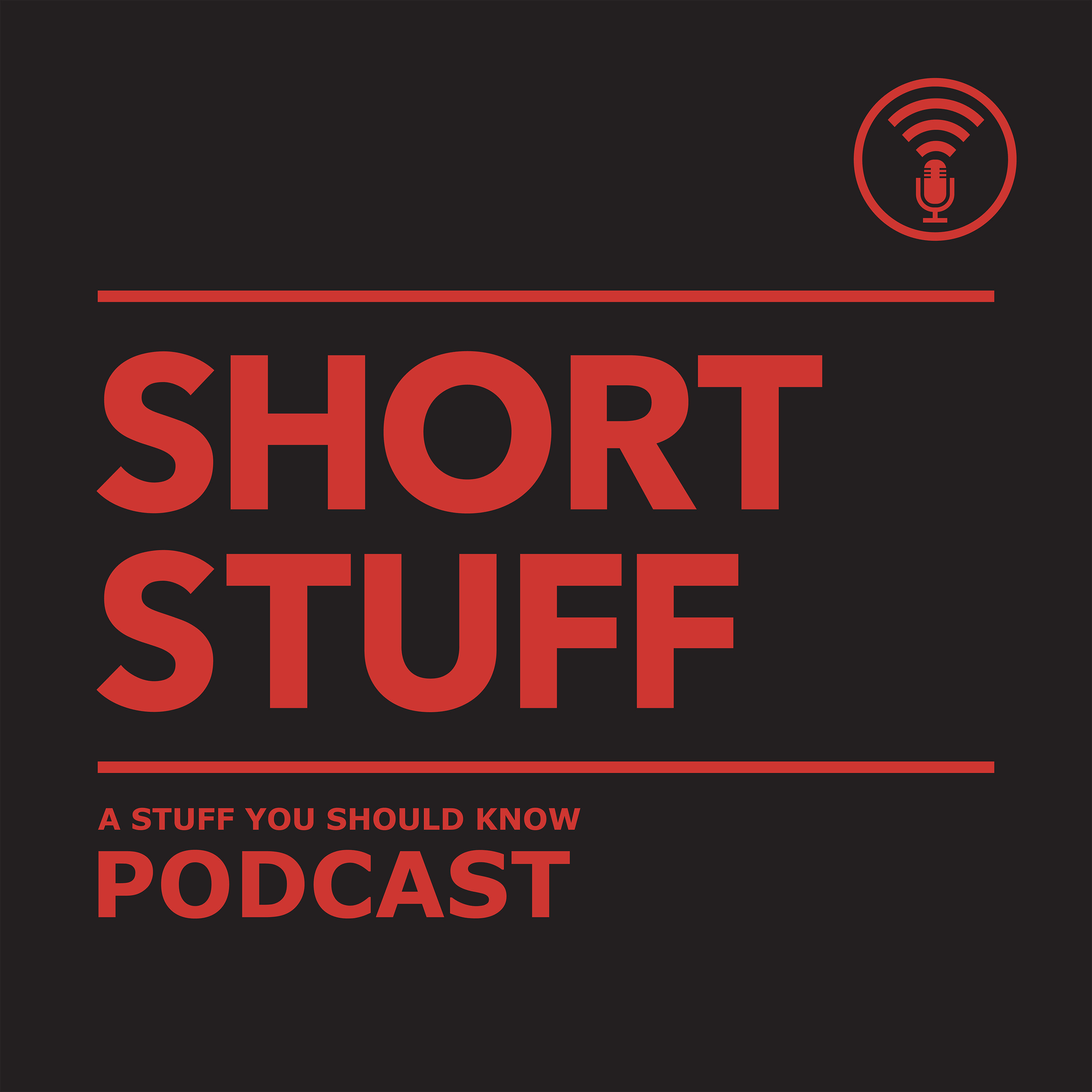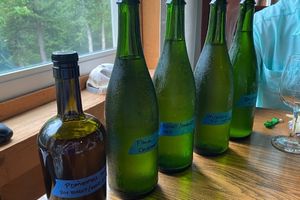Saint Lawrence Nurseries is a specialized tree nursery in New York state, renowned for its expertise in cold-hardy fruit and nut trees with a committment to sustainable and organic practices. The nursery, which was originally founded in the 1920s by Fred L. Ashworth of Heuvelton, NY, was initially more of a hobby and experimental station for Ashworth. Bill MacKentley met Fred in 1971 and they developed a strong, almost familial relationship. After Fred’s death in 1977, Bill and his wife Diana purchased the land in Potsdam, NY, where Fred had done much of his grafting and breeding. In 1981, they produced the first official St. Lawrence Nurseries catalog.

For 34 years, the MacKentleys cultivated Saint Lawrence Nurseries into a unique and well-loved business, carrying on Fred Ashworth’s passion for growing and propagating fruits and nuts suitable for northern climates.
The MacKentley, were planning their retirement and phasing out their business around 2015. Connor Hardiman who began working at Saint Lawrence Nurseries years earlier stepped in to take over rather than allowing the nursery to close. He and his wife Alyssa are the new stewards of Saint Lawrence Nurseries and are helping to herald in a new era for the Nurseries.
Do note that many refer to Saint Lawrence Nurseries as SLN.
The Ups and Downs of Climate and Test Winters
Citing from a Cornell University study for 1981, that stated the the the previous 40 years had been the best years of agriculture (good weather patterns) in the world. Of particular note is that moving forward from 81 onward, one can now expect that the climate was returning to normal. Note that this was serval years before climate change was being discussed to the degree that it is today.
Says Bill, “We have got to get our act together [in regards to climate change].
Who is Fred L. Ashworth
Born in 1898, Ashworth studied the trees that survived the 1938 kill off of apples and studied them very closely. He began the nursery in the 1920s. He also worked with nut trees, potatoes and inspired Bill’s career at Saint Lawrence Nurseries.
Role Models in Research
- Dr. Elaine Ingham – research on the soil and the food web – find out more at https://www.soilfoodweb.com/
- Paul Stamets – https://paulstamets.com/
- Dr. Christine Jones – soil ecologist https://soillearningcenter.com/expert/christine-jones/
Contact Saint Lawrence Nurseries
Connor Hardiman is now the steward of the Nurseries. Find his contact below and reach out to Connor to contact Bill.
- Website: https://www.slngrow.com/
- Address: 325 Rt 345, Potsdam, NY 13676
- eMail: trees@slngrow.com
Mentions in this Cider Chat
- CiderCon 2024 January 15-19th, 2024 Portland Oregon
- Artisans by Cider Summit| Portland, Oregon January 20, 2024
- Oregon Cider Week January 13-20th, 2024
- Totally Cider Tours – France – listen to past episodes and get on the wait list for the 2024 tour!







![Pioneer Judy Malloy Thinks Aloud about her Role in the Birth of Electronic Literature [ENG]](https://www.podcastworld.io/podcast-images/creative-disturbance-3tkp188i.webp)